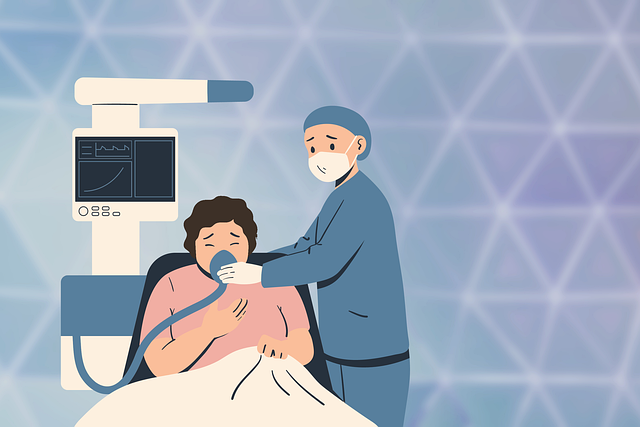There’s no question that working in the ICU of a hospital is hard, but most people don’t actually understand how hard it is unless they’ve experienced it themselves. It’s because of these challenges that various companies have been looking for ICU solutions that can ease some of the pressure that comes with working in an ICU. Here are some of the most common challenges that ICU staff members experience and how tele ICU services can help.
No or Few Breaks
One of the most frequent complaints from ICU nurses and other staff members is that they have to be engaged with their job at all times. They can’t have an off moment or take a break from monitoring the patients in the ICU because even a second away can have disastrous results. Even if they are given a federally- or state-mandated break, they really can’t escape the pressures of the ICU because they may be one of just a few who are on duty at any given time.
Tele ICU services can give in-person ICU staff members the breaks they need during their shifts and allow them to actually disengage for that time. This is because the remote monitoring system is staffed by fully licensed ICU personnel who can handle a portion of the load that threatens to crush in-person care teams. There is always a second eye on the patients in a remote monitoring situation, so an ICU nurse or physician can relax a little bit because they know someone has their back.
Burnout
While there are several factors that lead to ICU staff burnout, long shifts are a major contributor. Although it has long been the status quo to have nurses working 12-hour shifts in the ICU, there’s no reason why it has to remain the norm. With an eICU system, in-person shifts can be shortened because there will be continuity of care no matter who is on shift.
A patient’s electronic medical record will be continuously updated and their vitals are constantly monitored both remotely and in-person, ensuring their care is seamless regardless of who their nurse or physician is or where they’re physically located. Reducing the length of shifts for ICU staff members is a major step toward preventing burnout, mostly because they aren’t under constant stress and pressure for 12 hours at a time.
Compassion Fatigue
Patients in ICUs are often there for extended periods of time, which means ICU staff members often become more attached to their patients than in other units. Unfortunately, many of these patients also die and it becomes extremely challenging for ICU staff members to deal with the amount of sickness and death they see. This is known as compassion fatigue.
The good news is that eICUs are improving patient outcomes, which means fewer patients are dying when tele ICU technology is in place. Additionally, this tech is reducing patients’ length of stay in an ICU, so attachment isn’t as much of a problem as it can be in ICUs without this technology.
Conclusion
Overall, ICU professionals have much more stress and pressure than others in the medical field. Fortunately, solutions are available starting with the implementation of a remote ICU monitoring system.

